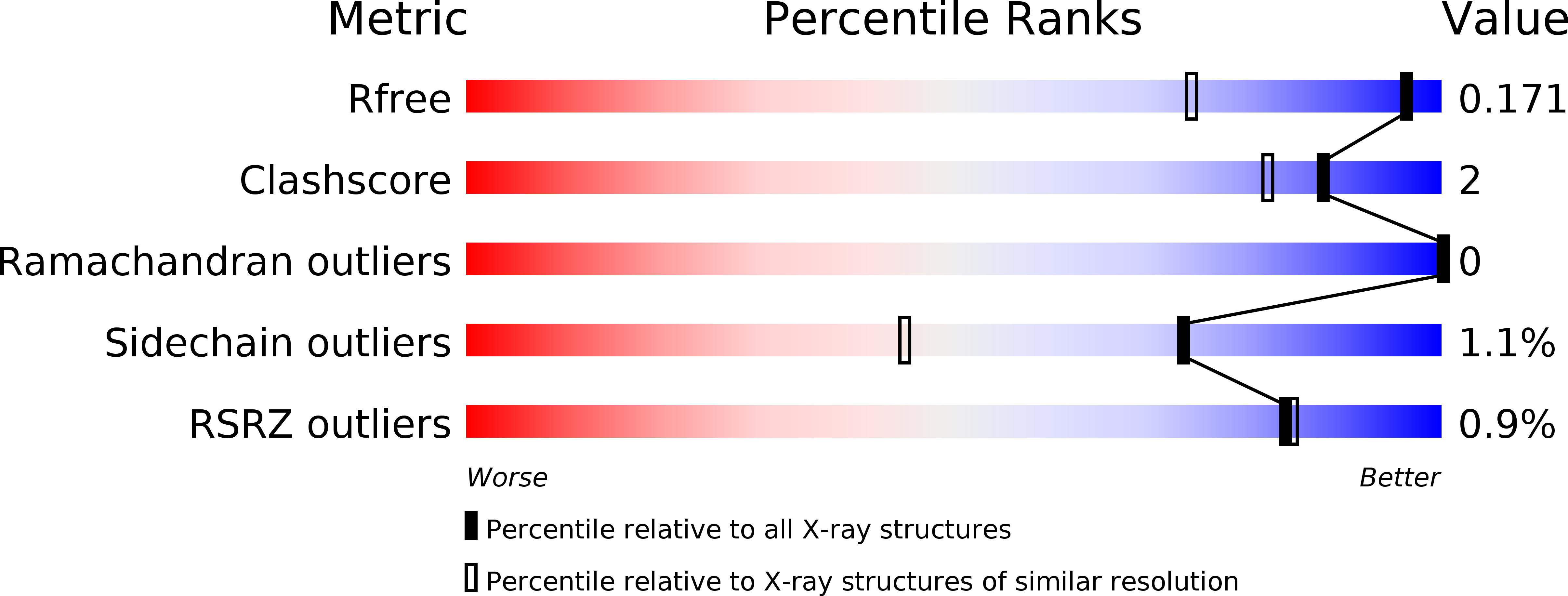
Deposition Date
2017-06-26
Release Date
2017-10-18
Last Version Date
2023-10-04
Entry Detail
PDB ID:
5WA8
Keywords:
Title:
Human Histidine Triad Nucleotide Binding Protein 1 (hHint1) H112N mutant nucleoside L-Ala phosphoramidate substrate complex
Biological Source:
Source Organism:
Homo sapiens (Taxon ID: 9606)
Host Organism:
Method Details:
Experimental Method:
Resolution:
1.30 Å
R-Value Free:
0.16
R-Value Work:
0.15
R-Value Observed:
0.15
Space Group:
C 1 2 1


